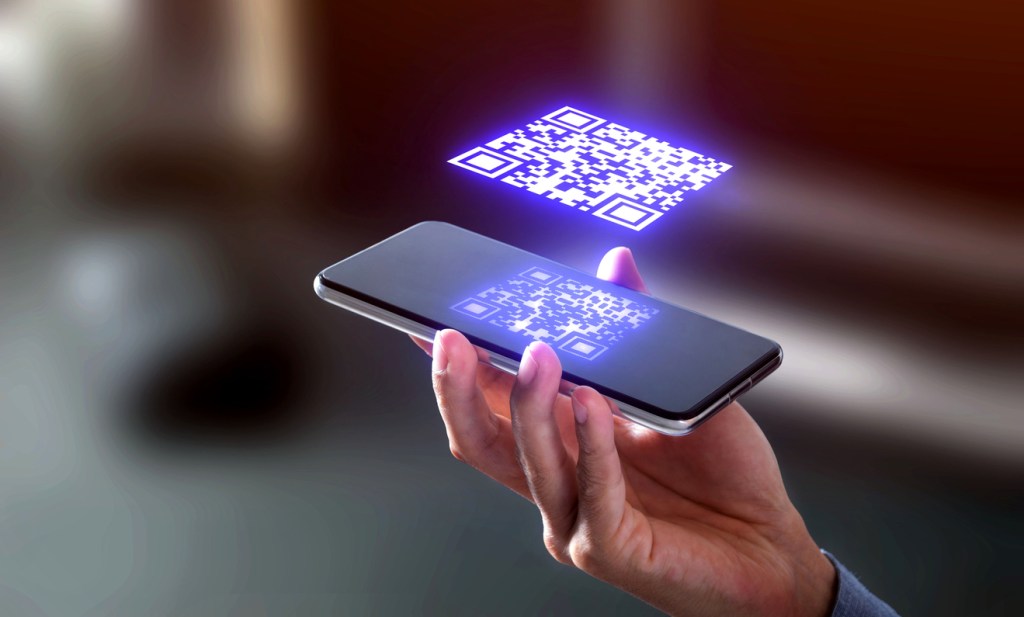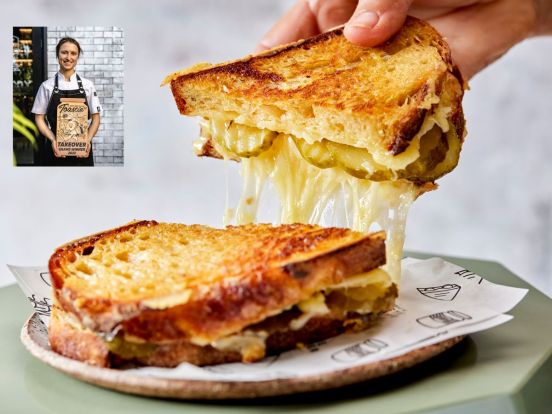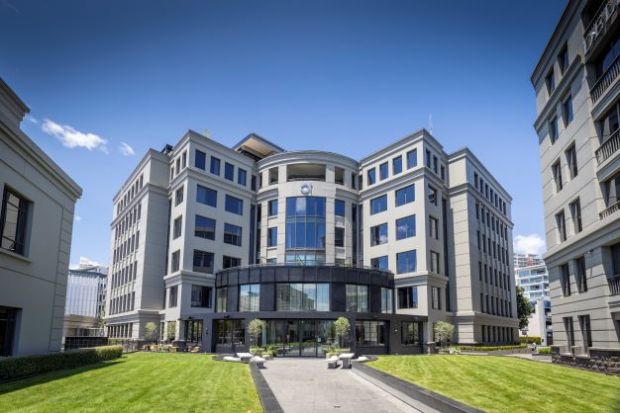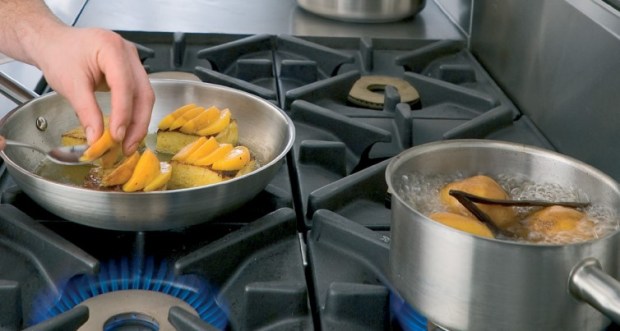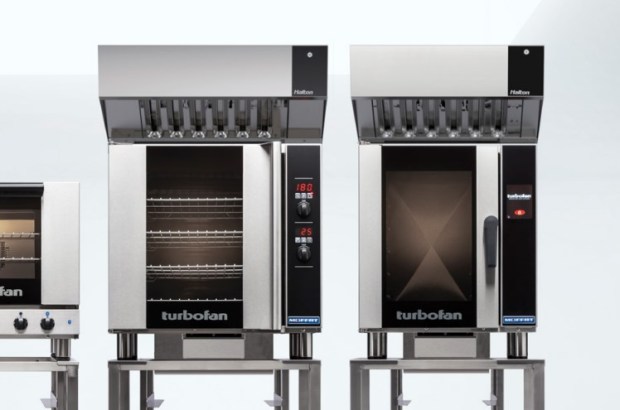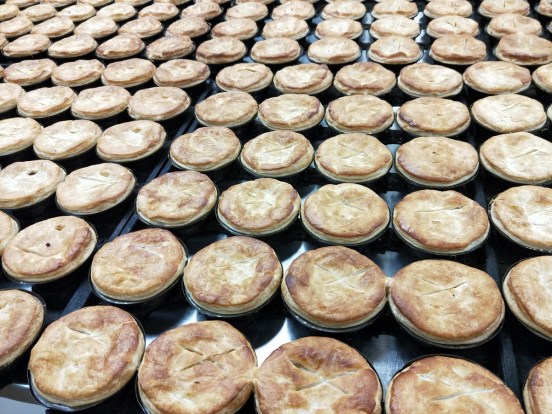
As a foodservice operator, enhancing convenience for your customers is always a top priority. How easy it is to browse and select from your menu, is almost as important as the quality of the food for ensuring your customers have a positive experience.
Several emerging restaurant technology trends are helping operators improve their service and enhance customer convenience.
1. Faster service without rushing customers
While it’s important to provide your customers with an enjoyable dining experience, speed is another critical component of service. This is especially true in busy establishments where the goal is to confirm each guest’s order as quickly as possible (without making any mistakes) and get it over to the kitchen for cooking.
Rather than having staff stand near a table and wait for customers to choose from a traditional printed menu, a QR code menu means that customers can send their orders off to the kitchen as soon as they’re ready. This can dramatically speed up service so that customers spend less time on the ‘boring bits’ of ordering and get straight to the dining experience they came to enjoy.
You can even give customers the option to order ahead so that their food is ready as soon as they arrive. Using QR code menus to speed up table turnover means you can serve more diners and increase the profitability of each service.
While there will be an upfront cost to set up a QR code menu, when implemented thoughtfully the savings can really add up. In an OpenTable article, it’s revealed that a US chef was able to save $3000 USD (around $4200 NZD) after adopting QR code menus in their restaurant by not having to design, alter, or reprint physical menus. That’s to say nothing of the value QR code menus can bring in terms of increased productivity and improved customer experience.

2. Easily update menu items
Because your QR code menu is hosted digitally, it means that you can easily update it at the touch of a button. For example, if you run low on a particular ingredient and can no longer serve a certain dish, it’s easy to remove the item from the digital menu or place a disclaimer stating that it’s no longer available. This eliminates the hassle and cost of reprinting menus or having your staff explain why something has changed.
3. Entice customers with photos of every dish
While some restaurants include photos of their dishes in printed menus, space is usually too limited to have a photo of every dish. Forcing in too many images can make a printed menu appear cluttered and confusing for many diners.
One of the greatest benefits of a QR code menu is that it allows you have images of all your delicious food without having to worry about space or increased printing costs. Customers can easily scroll through your entire menu and see your tantalising photos and descriptions for every dish.

4. Reduce pressure on FOH staff
It’s not uncommon for even the most talented and experienced FOH staff to feel overwhelmed during a busy service. As we wrote about in our article on hospitality staffing challenges, one of the ways you can reduce pressure on FOH staff is to adopt QR code menus.
If 100% of tables are ordering using their smartphones, your FOH staff will have more time to focus on other aspects of service. Your waitstaff will feel less rushed, and this also helps to create a more relaxing environment for customers who can usually tell when your team is struggling.
With less pressure on them, FOH staff can get more done without feeling overworked. As a foodservice operator, this means you could avoid the cost of hiring and training new staff.

5. Enhanced hygiene and safety
In the wake of the pandemic, consumers have gravitated towards contactless payments and are generally more reluctant to handle cash and engage in unnecessary contact while out. Printed menus being handed out, passed around and then collected again create plenty of opportunities for infection to spread from customers to staff and vice versa.
QR code menus and other contactless ordering systems help to minimise physical contact without diminishing the experience for customers.
6. Marketing and customer feedback
Your QR code menu can be an excellent marketing asset. When a customer scans your QR code and gets taken to your menu portal, it’s a perfect opportunity to upsell them with a special offer and encourage them to follow your social media channels without hassling them. Think about it – if someone’s already using their phone when they see a call-to-action to like your Facebook page, it’ll be easier for them to do it.
Also, a QR code menu gives you an easy way to collect customer feedback. What better way to find out how a customer felt about a dish than right after they’ve finished eating it? The convenience of a digital interface on their smartphone makes it much more likely a customer will provide valuable feedback that you can use to improve your business.

7. Sustainability
Of course, going digital means that you can eliminate the paper waste and energy used to produce printed menus. Digital menus also mean digital receipts, and your customers will appreciate the convenience and environmental benefits they bring.
While this may only seem like a drop in the ocean, all the paper you’ve used to create menus or print receipts can really add up over the years.
Will you start using a QR code menu?
According to Statista, over 135.6% of Kiwis owned at least one smartphone as of 2021, meaning the chance of a customer entering your business without the ability to use a QR code is pretty slim. With all the benefits that adopting this technology can bring, it’s hard to find reasons not to transition away from traditional printed menus. Source: Nestlé Professional


